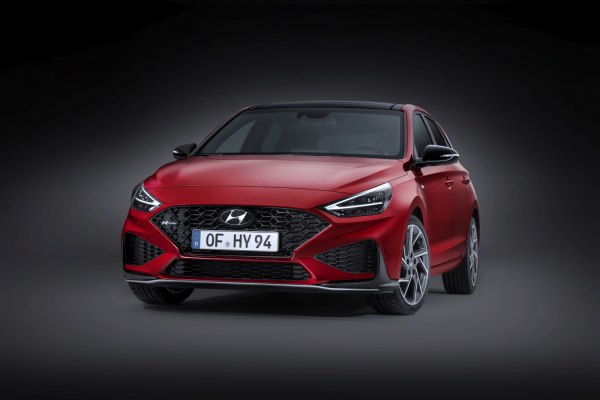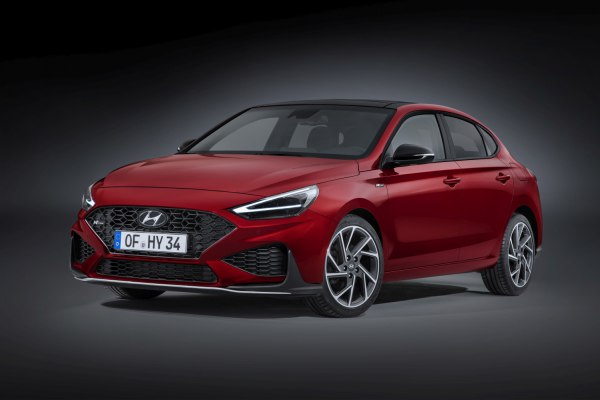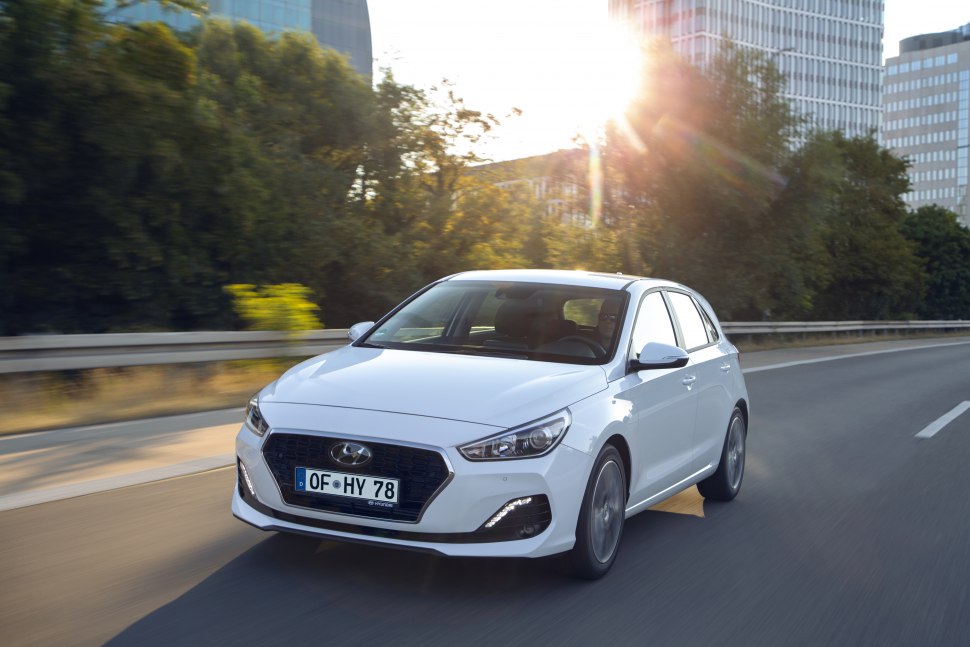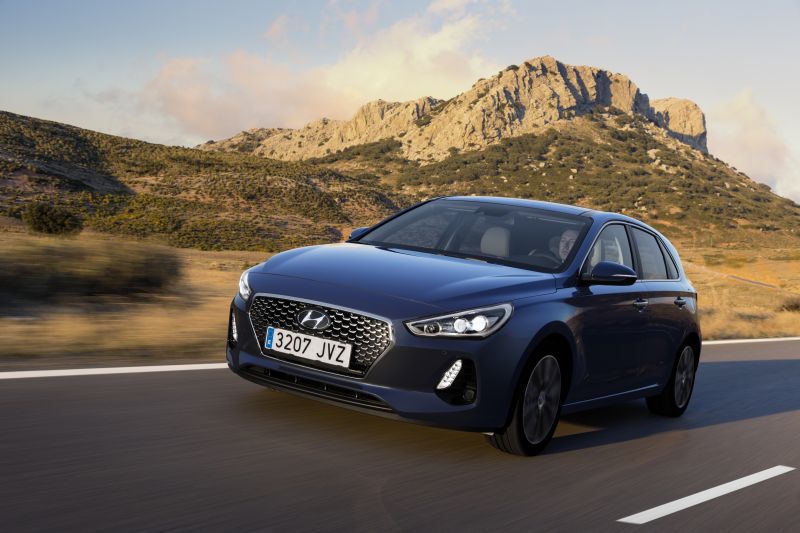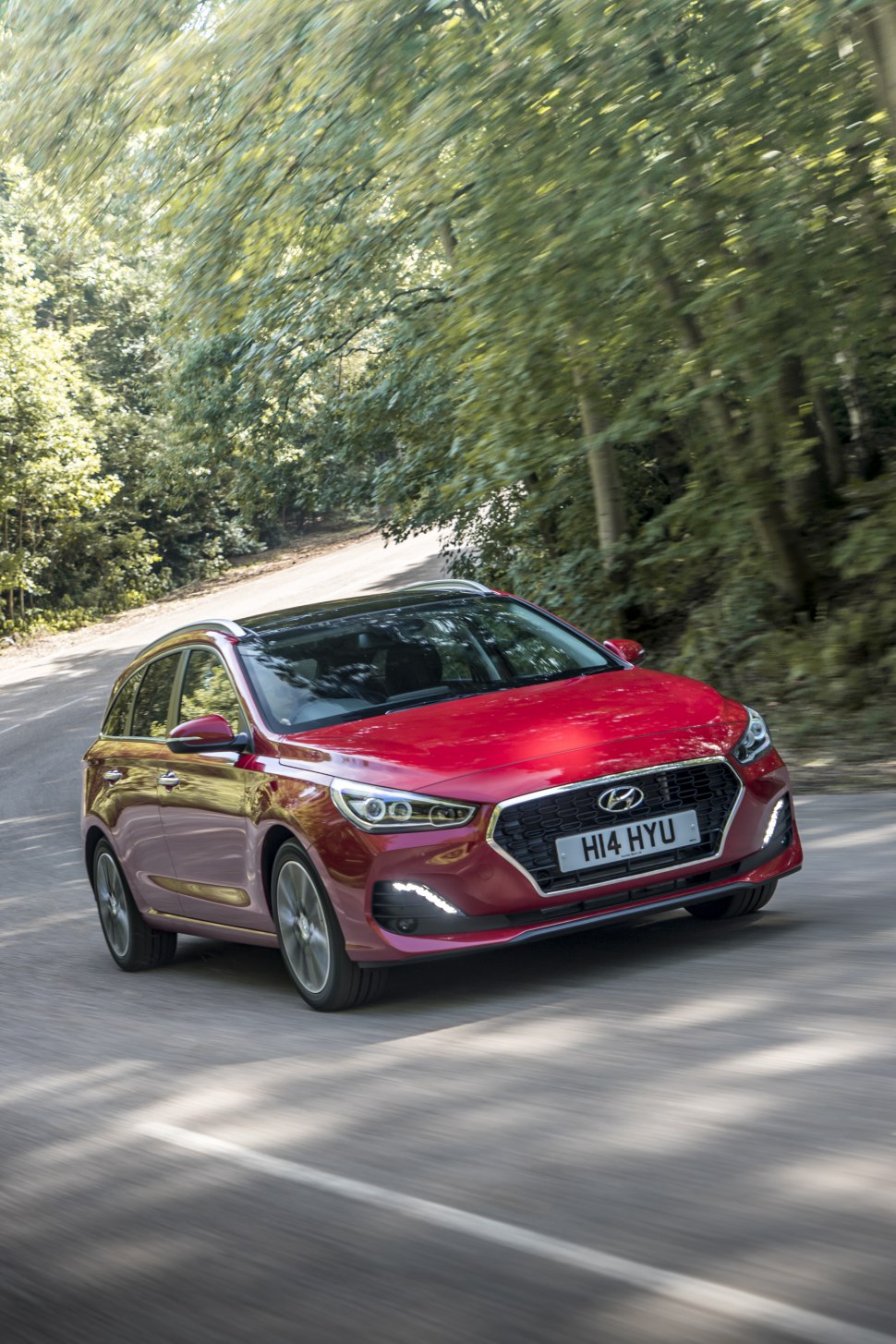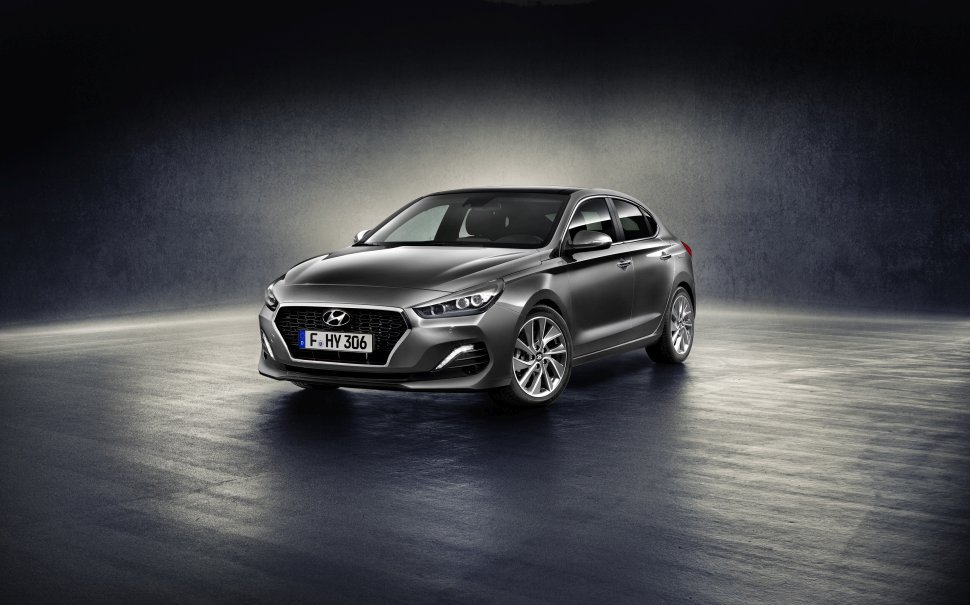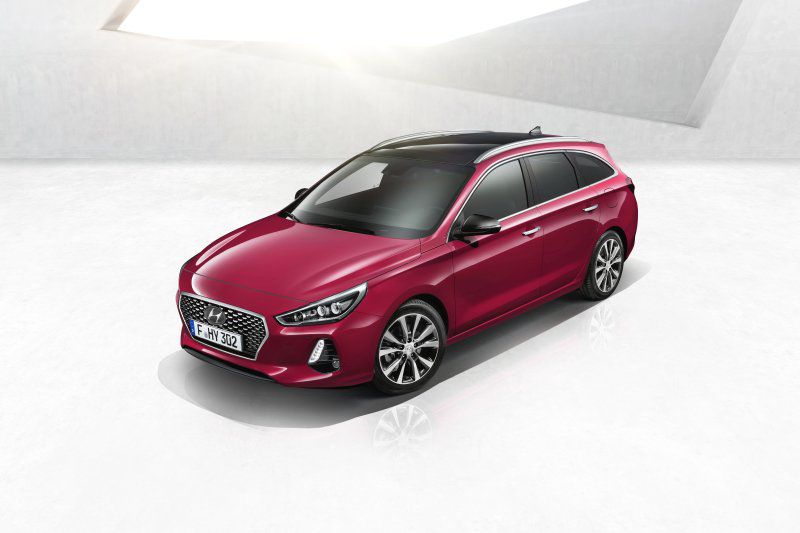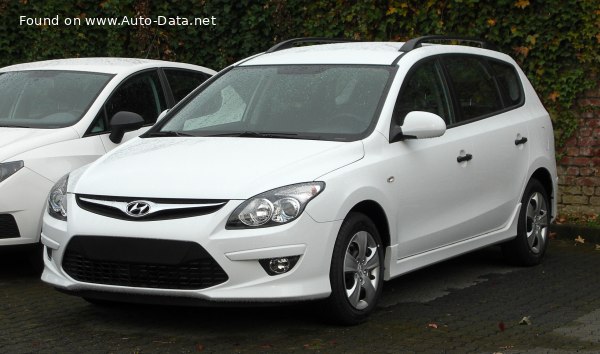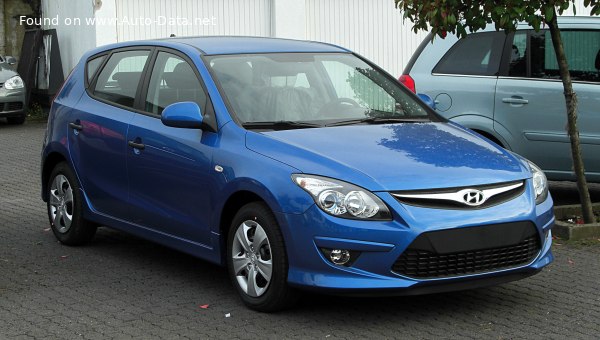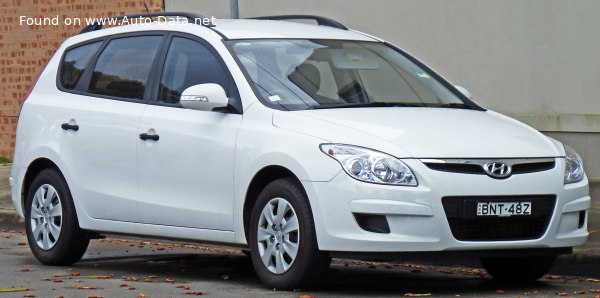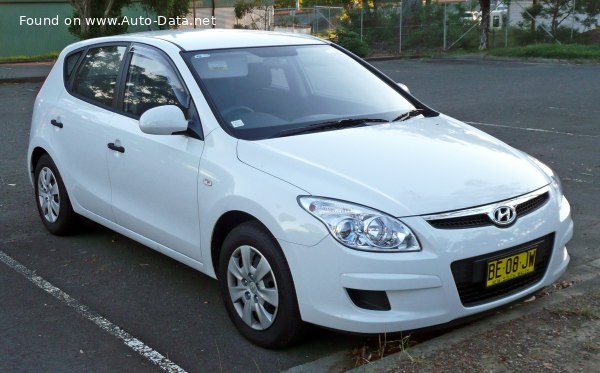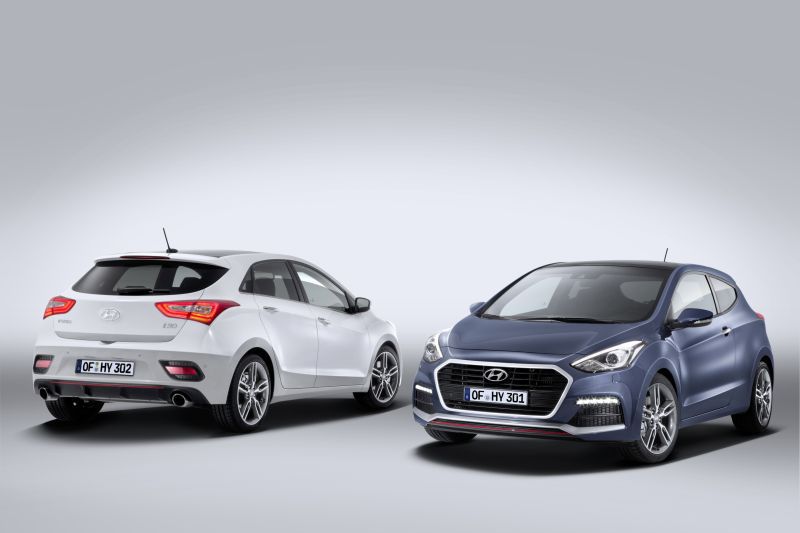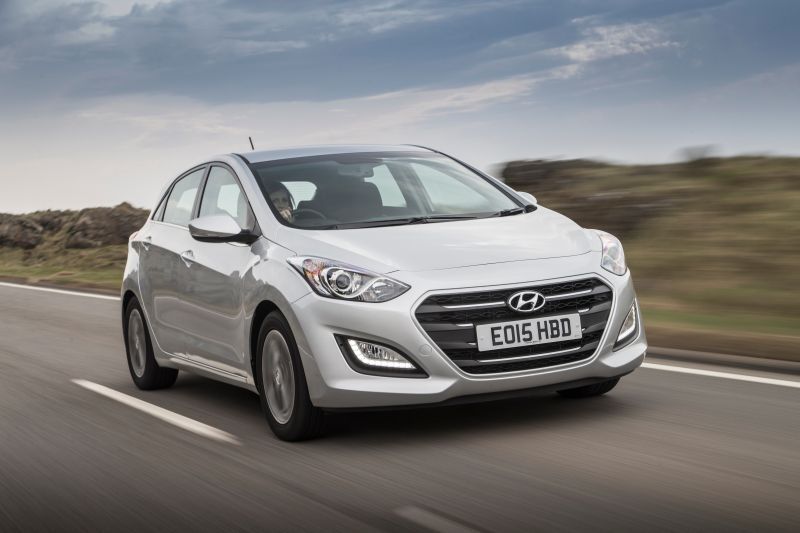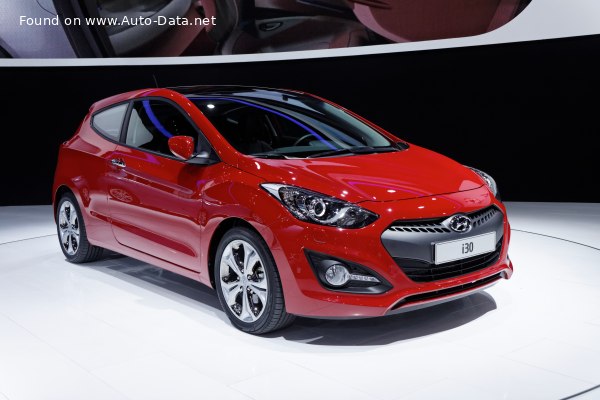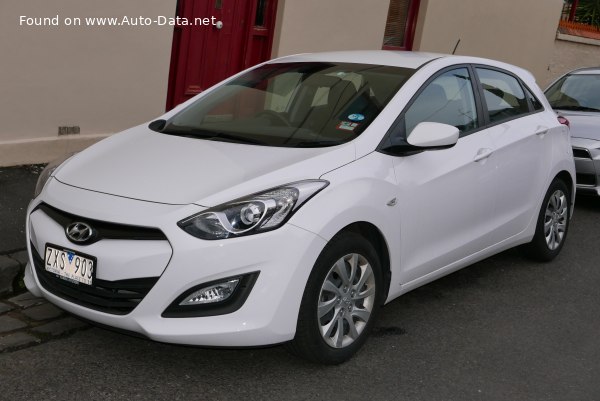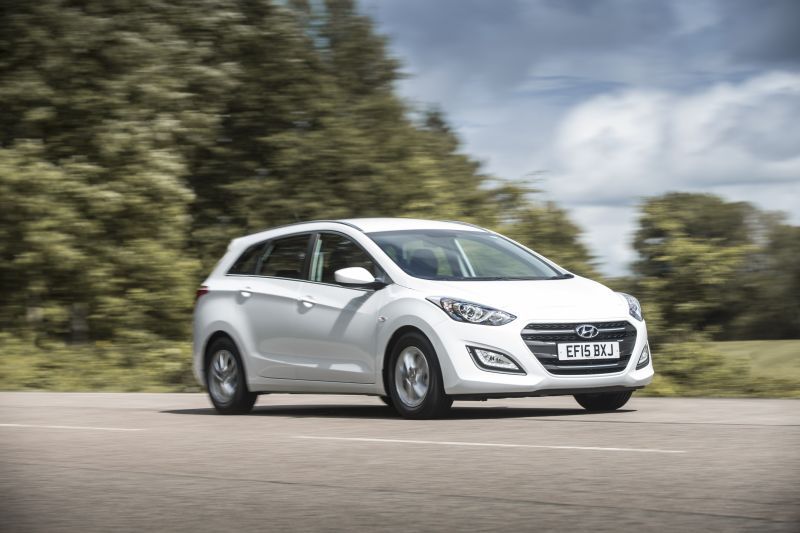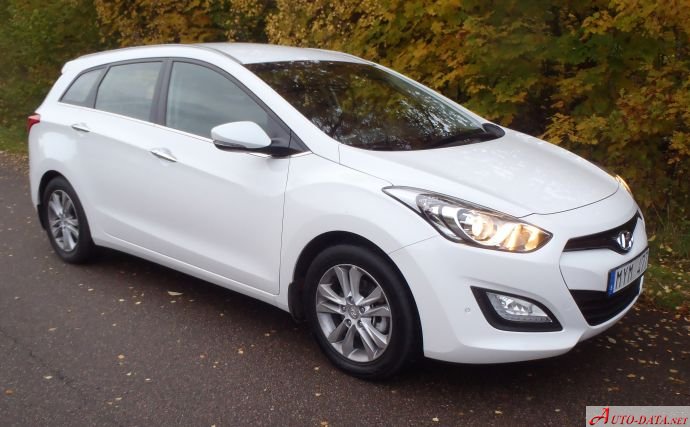| General information |
|---|
| Brand | Hyundai |
|---|
| Model | i30 |
|---|
| Generation | i30 III CW (facelift 2020) |
|---|
| Modification (Engine) | 1.0 T-GDi (120 Hp) |
|---|
| Start of production | 2020 year |
|---|
| Powertrain Architecture | Internal Combustion engine |
|---|
| Body type | Station wagon (estate) |
|---|
| Seats | 5 |
|---|
| Doors | 5 |
|---|
| Performance specs |
|---|
| Fuel Type | Petrol (Gasoline) |
|---|
| Acceleration 0 - 100 km/h | 11.2 sec |
|---|
| Acceleration 0 - 62 mph | 11.2 sec |
|---|
| Acceleration 0 - 60 mph | 10.6 sec |
|---|
| Maximum speed |
196 km/h
121.79 mph |
| Emission standard | EURO 6d |
|---|
| Weight-to-power ratio | 10.2 kg/Hp, 97.6 Hp/tonne |
|---|
| Weight-to-torque ratio | 7.1 kg/Nm, 140 Nm/tonne |
|---|
| Engine specs |
|---|
| Power | 120 Hp @ 6000 rpm. |
|---|
| Power per litre | 120.2 Hp/l |
|---|
| Torque |
172 Nm @ 1500-4000 rpm.
126.86 lb.-ft. @ 1500-4000 rpm. |
| Engine location | Front, Transverse |
|---|
| Engine displacement |
998 cm3
60.9 cu. in. |
| Number of cylinders | 3 |
|---|
| Position of cylinders | Inline |
|---|
| Number of valves per cylinder | 4 |
|---|
| Fuel System | Direct injection |
|---|
| Engine aspiration | Turbocharger |
|---|
|
|---|
| Space, Volume and weights |
|---|
| Kerb Weight |
1229 kg
2709.48 lbs. |
| Max. weight |
1820 kg
4012.41 lbs. |
| Max load |
591 kg
1302.93 lbs. |
| Trunk (boot) space - minimum |
602 l
21.26 cu. ft. |
| Trunk (boot) space - maximum |
1650 l
58.27 cu. ft. |
| Max. roof load |
80 kg
176.37 lbs. |
| Permitted trailer load with brakes (12%) |
1200 kg
2645.55 lbs. |
| Permitted trailer load without brakes |
600 kg
1322.77 lbs. |
| Dimensions |
|---|
| Length |
4585 mm
180.51 in. |
| Width |
1795 mm
70.67 in. |
| Height |
1465-1475 mm
57.68 - 58.07 in. |
| Wheelbase |
2650 mm
104.33 in. |
| Drivetrain, brakes and suspension specs |
|---|
| Drivetrain Architecture | The Internal combustion engine (ICE) drives the front wheels of the vehicle. |
|---|
| Drive wheel | Front wheel drive |
|---|
| Number of Gears (manual transmission) | 6 |
|---|
| Front suspension | Independent, Spring McPherson, with stabilizer |
|---|
| Rear suspension | Multi-link independent |
|---|
| Assisting systems | ABS (Anti-lock braking system) |
|---|
| Steering type | Steering rack and pinion |
|---|
|
|---|

